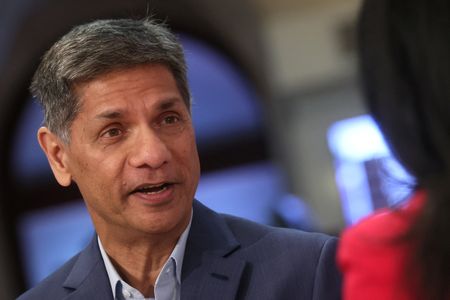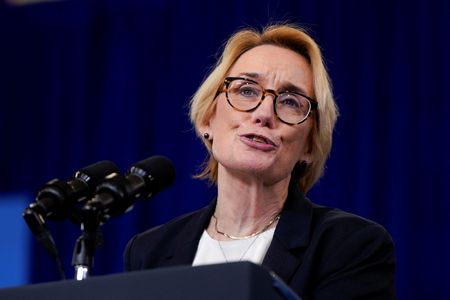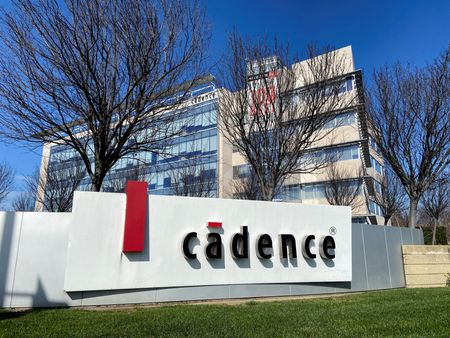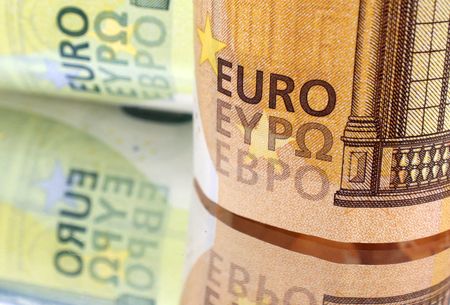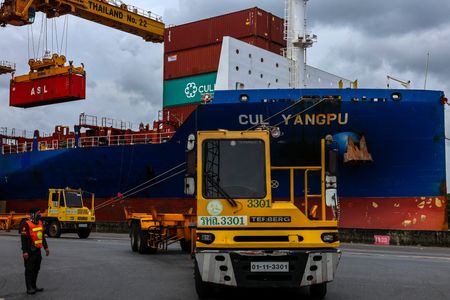By Siddhi Mahatole
(Reuters) -Revvity on Monday lowered its full-year adjusted profit forecast as it expects demand for diagnostics products in its key market China to be hurt by changes to the country’s reimbursement policy, sending the company’s shares down nearly 10%.
The medical equipment maker said that it now expects sales of its diagnostics products to grow in the low single digits this year, compared to its previous forecast of mid-single digit growth.
Sales in China for diagnostic products declined by double digits in the second quarter.
“We are now expecting a fairly meaningful pullback in the immunodiagnostics business in China,” said CEO Prahlad Singh.
China’s hospital lab reimbursement policy changes tied to Diagnosis Related Groups (DRGs), have reduced demand for Revvity’s higher-value diagnostic products and significantly hurt revenues.
Medical device maker Abbott recently said its diagnostics division will be hit hardest, with a projected $700 million revenue impact in 2025 due to fading COVID test sales and pricing pressure from China’s procurement program that buys medical devices in bulk at steep discounts.
These changes, which took effect in late April, have prompted physicians to reduce their orders for multiplex diagnostic products used to test for multiple conditions simultaneously, Revvity said.
Instead, healthcare providers are increasingly opting for single-plex tests – simpler, less comprehensive diagnostics that Revvity also supplies.
Last week, larger peer Danaher reported improving conditions in China’s pharma and biotech sectors, though it said diagnostics demand in the country remains under pressure. Thermo Fisher Scientific and Danaher both raised their annual profit forecasts.
In contrast, Revvity said it expects adjusted profit per share for 2025 between $4.85 and $4.95, down from its previous projection of $4.90 to $5.
Despite the hit, Revvity’s second-quarter results aligned with industry peers and life sciences product sales reached $365.9 million, surpassing estimates of $353.9 million.
The Massachusetts-based company expects full-year revenue of $2.84 billion to $2.88 billion, slightly above its prior forecast of $2.83 billion to $2.87 billion, aided by a weaker U.S. dollar.
(Reporting by Siddhi Mahatole in Bengaluru, additional reporting by Sneha S K; Editing by Shailesh Kuber)

